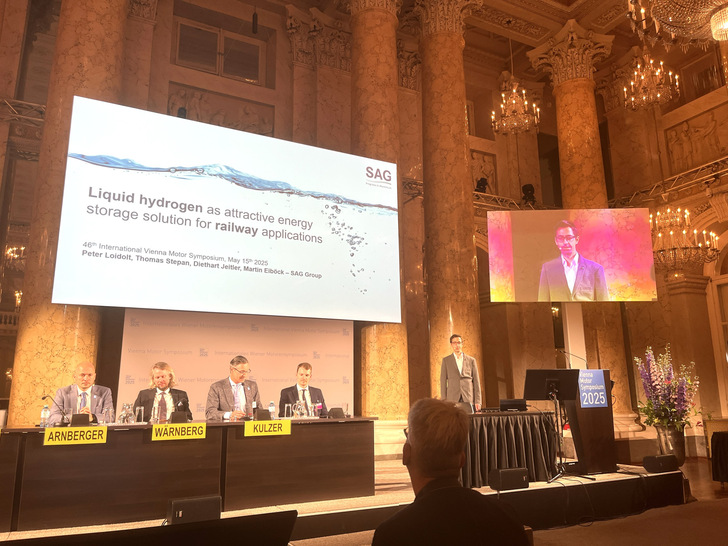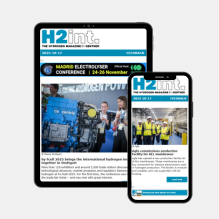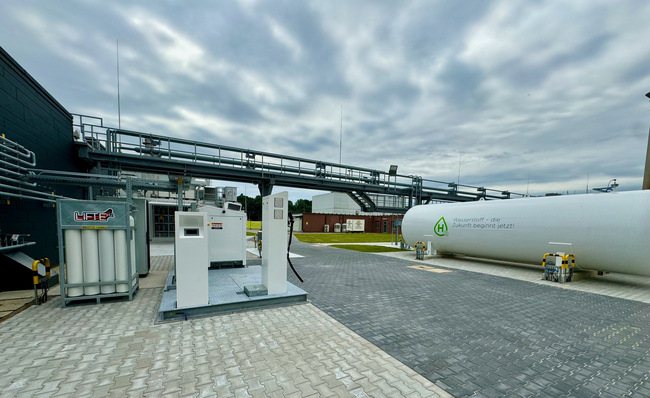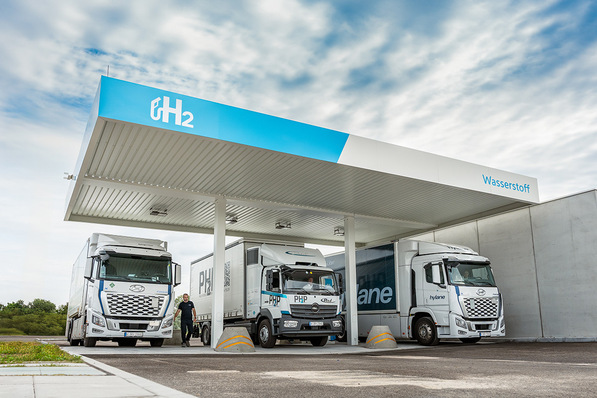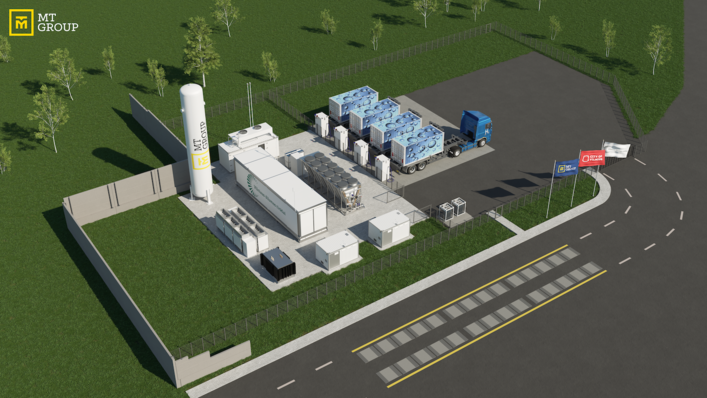Researchers from the SAG Group presented their findings at the 46th International Vienna Motor Symposium, positioning liquid hydrogen as a technically feasible and economically viable solution for zero-emission rail transport on non-electrified routes.
The technology could be particularly relevant in countries with extensive non-electrified rail networks. In the U.S., for example, less than 1% of the approximately 225,000 kilometers of railway lines are electrified.
From an efficiency standpoint, full electrification of railway lines would be ideal. That is why Deutsche Bahn aims to increase the share of electrified lines to 65% by 2030. However, according to Germany's Federal Ministry for Digital and Transport (Bundesministerium für Digitales und Verkehr), installing overhead catenary systems costs between 1.4 million EUR and 3.6 million EUR per kilometer—a significant investment that is primarily justified on heavily trafficked routes. This raises the question: What are the alternatives for the remaining lines?
Alternative propulsion systems for rail compared
The study, titled "Liquid Hydrogen as an Attractive Energy Storage Solution for Railway Applications," compares hydrogen fuel cell systems and battery-based systems with conventional overhead line systems. Within the hydrogen category, the researchers differentiate between high-pressure gaseous hydrogen storage and liquid hydrogen storage.
"Liquid hydrogen offers exceptional energy density and efficiency, making it a superior choice for heavy-duty, long-range applications such as rail," concludes Peter Loidolt, Head of Research and Development at SAG Group and co-author of the study.
Compared to high-pressure gaseous hydrogen, liquid hydrogen requires significantly less storage volume. This translates into longer ranges for a given tank size—an advantage particularly relevant for long-distance, remote routes with limited infrastructure. Overall, the experts at SAG Group conclude that the use of liquid hydrogen in this context is both technically feasible and economically viable. "Investing in liquid hydrogen infrastructure is a strategic step toward a sustainable transportation future," says Karin Exner-Wöhrer, CEO of the SAG Group.
The SAG Group traces its roots back to Salzburger Aluminium AG and is a leading manufacturer of aluminum tanks for trucks. The company positions itself as a technology leader in cryogenic tank systems for LNG (Liquefied Natural Gas) and LH2 (Liquid Hydrogen).


